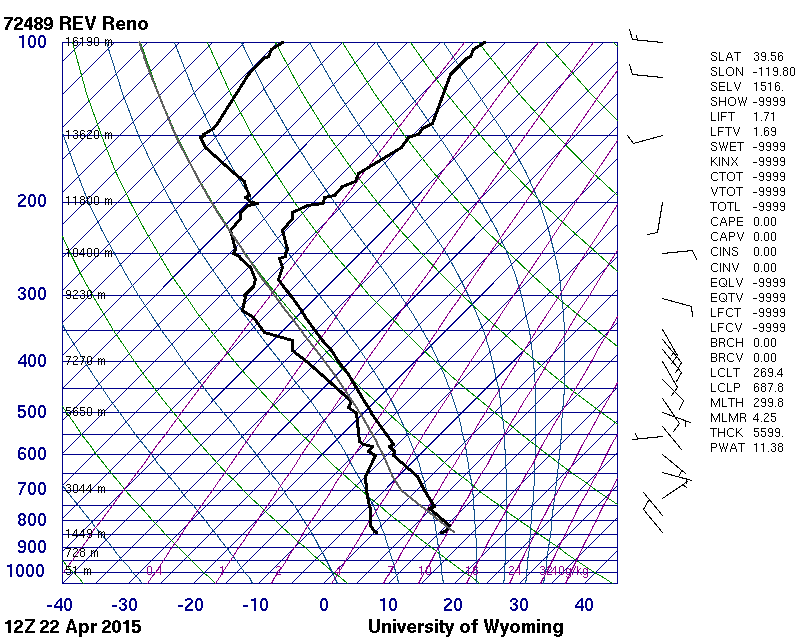The Science of Colorful Sunrises and Sunsets

A picture perfect sunset - something that sky watchers everywhere love. So, why are some sunrises and sunsets so spectacular? Lets talk about the science behind these awe-inspiring features. To start we'll take a step back and think about how the colors of the sky are produced, which has to do with how light is scattered. Scattering refers to the reflection or redirection of light by smaller particles. Rayleigh scattering refers to the scattering of light off of the molecules of air. The particles of air are much smaller than the wavelengths of visible light and therefore air is an excellent Rayleigh scatterer. Visible light is composed of a spectrum of colors ranging from reds and oranges on one end of the spectrum and blues and purples on the other end. Anyone remember the acronym Roy G. Biv? Photo courtesy of: Globalspec.com Each color has a different wavelength , with the wavelength of violet light closer in size to air molecules than the wavelength of red light...

